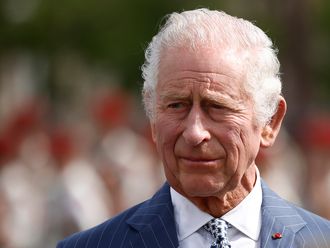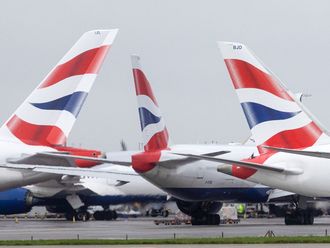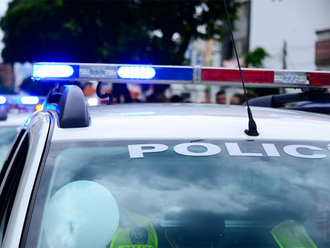London: It is an issue that has perplexed writer and composers from Shakespeare to Wilde to Gilbert and Sullivan: just what does it take to be a native of these shores?
Most have answered by stressing the spiritual qualities needed to be British or simply by making fun of the notion. But for wildlife experts today, the definition of what it takes to be a true native of Britain is posing major headaches.
Indeed, many believe that government plans to introduce new controls on invasive species — from Japanese knotgrass to escaped minks — in the forthcoming infrastructure bill could rebound with devastating consequences for biodiversity. And they blame civil servants who have failed to provide a proper definition of the term “native species”.
As a result, birds such as barn owls and red kites could be treated as vermin, say scientists. In addition, new species arriving on our shores in a future affected by increasing global warming would also be badly affected.
“There is currently no clear definition of what is, and what is not, a native species of the British Isles and that is making a nonsense of attempts to curb harmful invasions of foreign species,” said Robin Wynde, of the Royal Society for the Protection of Birds (RSPB). “As it stands we have got animals that are clearly native but which are going to be labelled non-native and invasive because they were wiped out recently and had to be reintroduced. It makes no sense. We need a flexible, sensible definition of what it means to be a British species, but that is not what we are getting.”
The idea of tightening up the control of non-native species that invade Britain is generally welcomed by experts. Britain now has more than 3,000 non-native species within its shores — creatures and plants that cost our agriculture, horticulture and building industries an estimated 1.8bn every year.
“Japanese knotgrass is extremely difficult to clear and grows back all the time, killing off other plants,” said Wynde. “Rhododendrons spread through woodland and devastate the undergrowth while ruddy ducks compete with native wildfowl for resources. So it is good that action is aimed at halting such invaders. However, the way the government is going about it is flawed.”
The RSPB along with conservation groups such as the John Muir Trust, the Mammal Society and the National Trust argue that the government has made a serious error in its definition of a non-native species by relying on a list of plants and animals that is currently enshrined in schedule 9 of the Wildlife and Countryside Act of 1981. The government’s aim is to copy this schedule and use it in the new act to define what is native and what is non-native.
But the schedule which outlines controls that should be imposed on species in the wild was never intended to be a proscriptive list of invasive animals and includes species that were once native to England but had to be reintroduced after their population was wiped out, such as the red kite.
Even more bizarre is the presence of the barn owl on the schedule. It is indisputably a native species, but was put on the list to prevent uncontrolled introductions last century and so limit the spread of diseases.
Now the barn owl along with capercaillie, chough, white-tailed eagles and other creatures that fall foul of the proposed legislation faces being defined as a non-native species, which would mean that landowners could be allowed to kill them. “It is absolutely mad,” said Sarah Durant, of the Zoological Society of London.
‘Narrowness of thinking’
This point was backed by Stuart Brooks, chief executive of the John Muir Trust. “The bill reflects a narrowness of thinking on species reintroduction,” he said last week. “It creates a legal definition of non-native that could apply to species that return to our shores after going extinct, or that we might wish to reintroduce to enhance biodiversity.
“Furthermore, it seems that any native species becoming extinct in the future and new species that may naturally colonise our shores would also be classified as non-native.”
In recent years, wildlife experts have successfully reintroduced populations of creatures such as the short-haired bumblebee and the large blue butterfly in Britain after they had been wiped out during the earlier part of the last century.
Now plans are under way to do the same for species such as the large copper butterfly, another victim of the changes that affected farmland in the 20th century. “Unfortunately, schemes like these are threatened by the law as it is currently proposed,” said Durant.
This last issue will become particularly important in future as climate change takes its effect in southern Europe, desiccating once lush habitats and driving species from southern Europe towards Britain.
“We could provide refuge for dozens of species such as the stork that would otherwise be wiped out as the world heats up,” said Durant. “But if we have such an inflexible definition of what is a non-native species, we could end up treating these creatures no matter how precious as pests rather than animals that we should protect. It is very worrying.”
— Guardian News and Media 2014












